Should I wet gravel before compacting? - HENGDA RIC
updatetime:2023-02-15 12:03:52 pageviews:318views
You don't necessarily need to wet gravel before compacting, however a light amount of water can help to keep dust levels down. Just be sure not to make the area too wet.
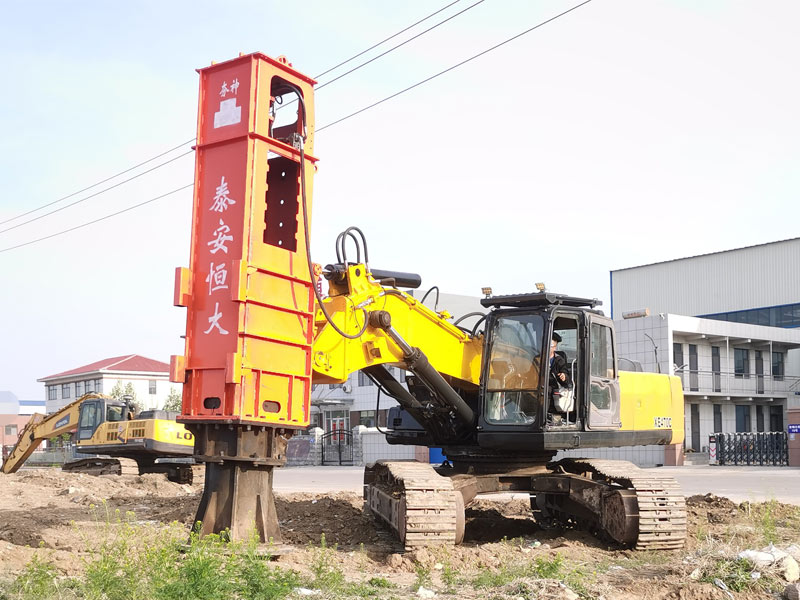
RIC technique is performed at the surface of a terrain and it comprises of a heavy excavator which is equipped with a specially designed arm onto which the hammer is attached. Within the hammer, a 5 to 10 drop weight is hydraulically lifted till a required height after which the weight is dropped using a hydraulic acceleration. This whole process of lifting and dropping of the weight takes place with a frequency of 30 to 80 times a minute.
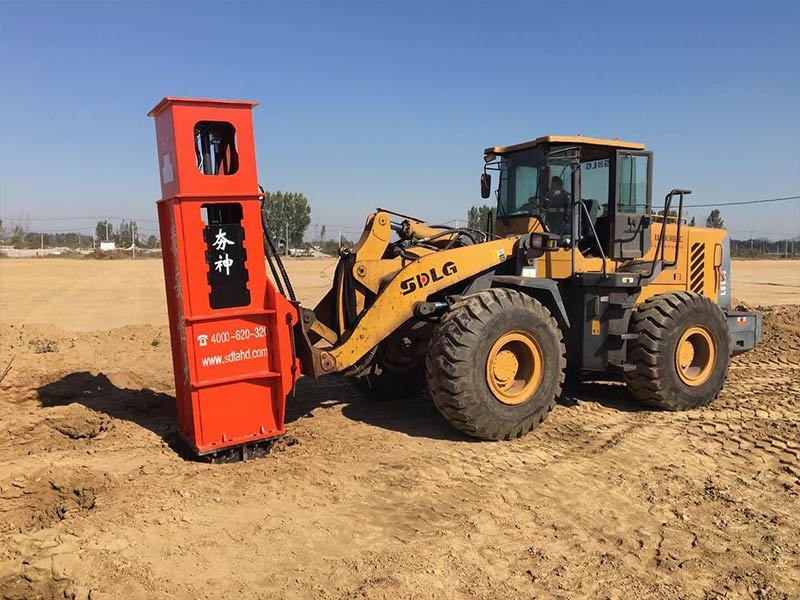
Rapid Impact Compaction (RIC) is an innovative dynamic compaction device mainly used to compact sandy soils, where silt and clay contents are low. RIC closes the gap between the surface compaction methods (e.g. roller compaction) and the deep compaction methods (e.g. deep dynamic compaction) and permitting a middle-deep improvement of the ground. RIC has been used to treat a range of fills of a generally granular nature and some natural sandy and silty soils.
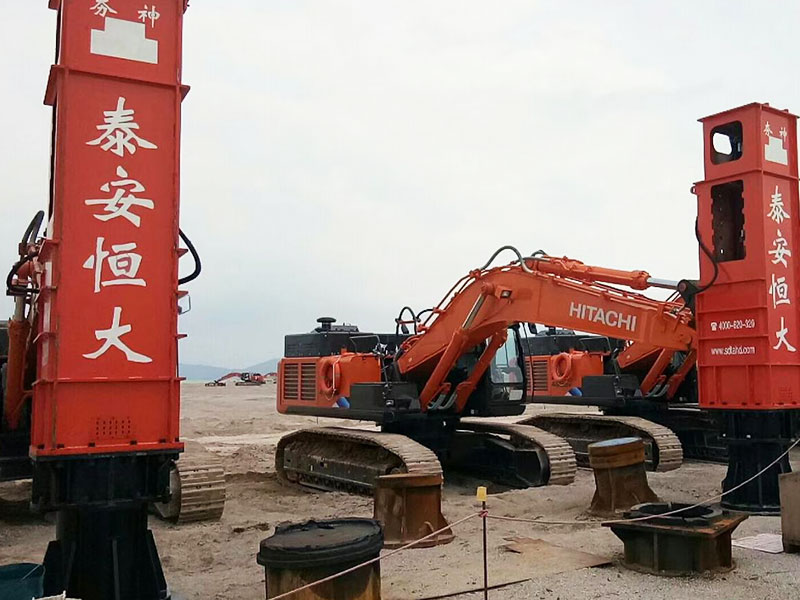
RIC can be used to improve bearing capacity and reduce liquefaction potential of loose soils. The compaction sequence is designed to work from the outside in, so that compaction of the lower zone soils occurs first followed by compaction of the upper zone. Data monitoring during the compaction process and the online display in the operator’s cab enables compaction control, an economic application of the compaction tool, and a work integrated quality control. The total impact depth of the impact foot, the number of blows, and the final settlement of the impact foot after a blow define the stopping criteria.
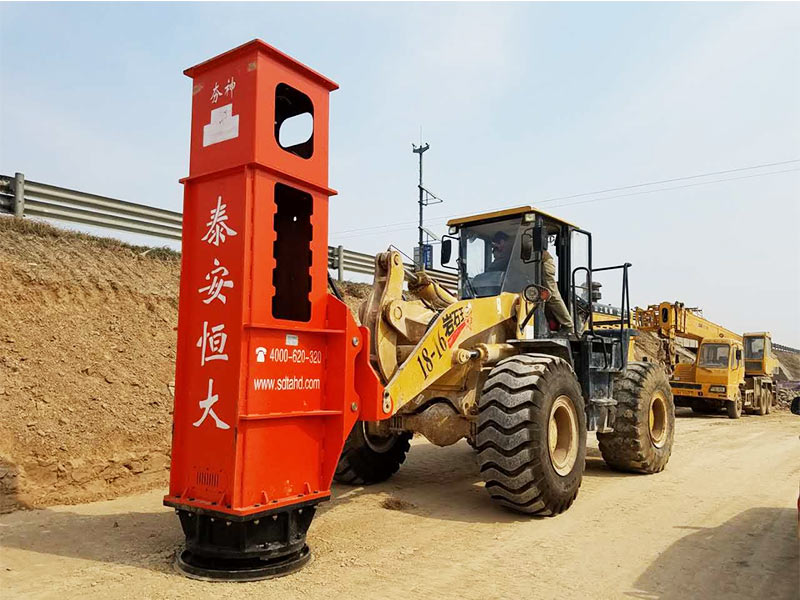
This compaction energy brings the soil particles into a more densely packed structure. The compaction energy is transmitted safely and efficiently as the compaction foot remains in contact with the ground. No flying debris occurs during the compaction process. The hammering of the foot by the impact weight is the reason of the sub-soil compaction. Indeed, the huge amount of energy developed upon the hammering process and transmitted to the ground through the foot, pushes the backfilling material into a denser structure.
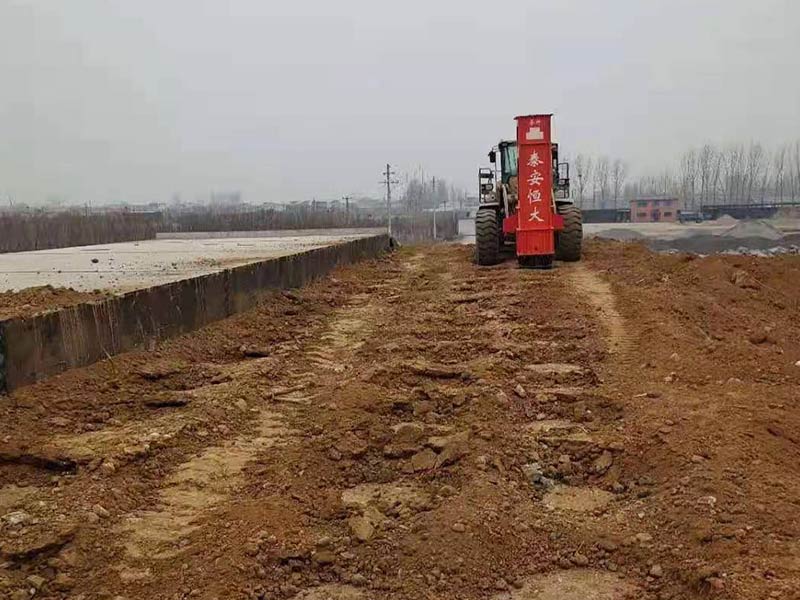
The rapid impact compactor as a means of quickly repairing damage runways. It works by imparting dynamic energy through a falling 'drop-weight, which is dropped from a controlled height onto a patented foot.
With heights of 9 to 12 tones applied to the foot , the 'drop-weights' falls from relatively short height of only 1.2 meters at a rate of 40 to 60 times a minute.
Effective compaction depths vary with the nature of hte soil compacted, but depth of up to 8m have been reached with a 9t rig.
This results in The Rapid Impact Compactor transferring energy to the ground in a significantly more effective manner as the 'foot' stays in contact with the surface, never actually leaving the ground. It is because of this impacting sequence that we can ensure that the transfer of energy into the ground is carried out in the most efficient way possible.

